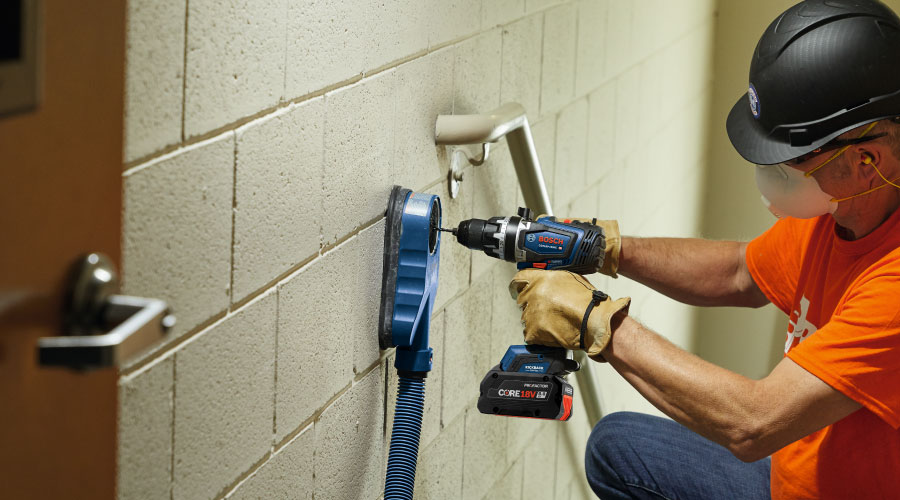How Automated Demand Response Performs
OpenADR testing began in 2003 with five large commercial customers. Tests demonstrated demand response impacts and favorable customer acceptance results far exceeding other approaches for any other U.S. DR approach. In 2006, the California Public Utilities Commission (CPUC) approved expanded programs for the state's three investor-owned electric utilities: Pacific Gas & Electric Company, Southern California Edison, and San Diego Gas & Electric Company. Today, OpenADR is being used in more than 300 major commercial and industrial facilities in the California investor-owned utility service areas, providing more than 200 megawatts of automated demand response. DR plans for 2012 to 2014 were recently approved by the CPUC that should continue to expand Auto-DR.
Auto-DR has consistently shown that automating customer-designed control strategies increases peak load impacts, improves the certainty and reliability of those impacts, and expands options for participating. Facility managers employing Auto-DR have consistently provided average reductions of 10 to 15 percent in summer peak usage with much greater reduction at many sites. (See "Auto-DR Cuts Peak Demand" below.) Actual reported industrial impacts have substantially boosted aggregate average impacts to the 20 to 30 percent range (years 2007-2009), and tests with Seattle City Light in 2009 demonstrated that equivalent impacts can be obtained in both summer and winter. In many cases, Auto-DR strategies also produce energy cost savings.
One of the key benefits of the OpenADR standard is that it provides facility managers with capability to switch between DR or pricing options without making any changes to their energy management infrastructure and only minor adjustments to response strategies.
Interest in and applications of OpenADR have been expanding rapidly. Testing has confirmed successful applications of Auto-DR with small commercial and residential customers. The Sacramento Municipal Utility District, Nevada Energy, Detroit Edison, the California Independent System Operator, PJM Interconnection, and many other U.S.-based utilities have conducted or are conducting pilot programs and testing expanded Auto-DR applications. More than 70 control and technology vendors, energy management companies and research organizations are providing support for or pursuing OpenADR applications. Auto-DR testing has already proven capability to support critical peak pricing, capacity bidding, demand bidding, thermal storage, and fast-response wholesale applications. Interest in Auto-DR has also expanded to Europe and Asia.
Sila Kiliccote (skiliccote@lbl.gov) is program manager in the Building Technologies Department at Lawrence Berkeley National Laboratory and deputy group leader of the Demand Response Research Center at LBNL. DRRC developed OpenADR with funding from the California Energy Commission's Public Interest Energy Research program.
Mary Ann Piette (MAPiette@lbl.gov) heads the Building Technologies Department and is director of DRRC.
Roger Levy (LevyAssociates80@gmail.com) is president of Levy Associates and a consultant to the DRRC.
Related Topics:













